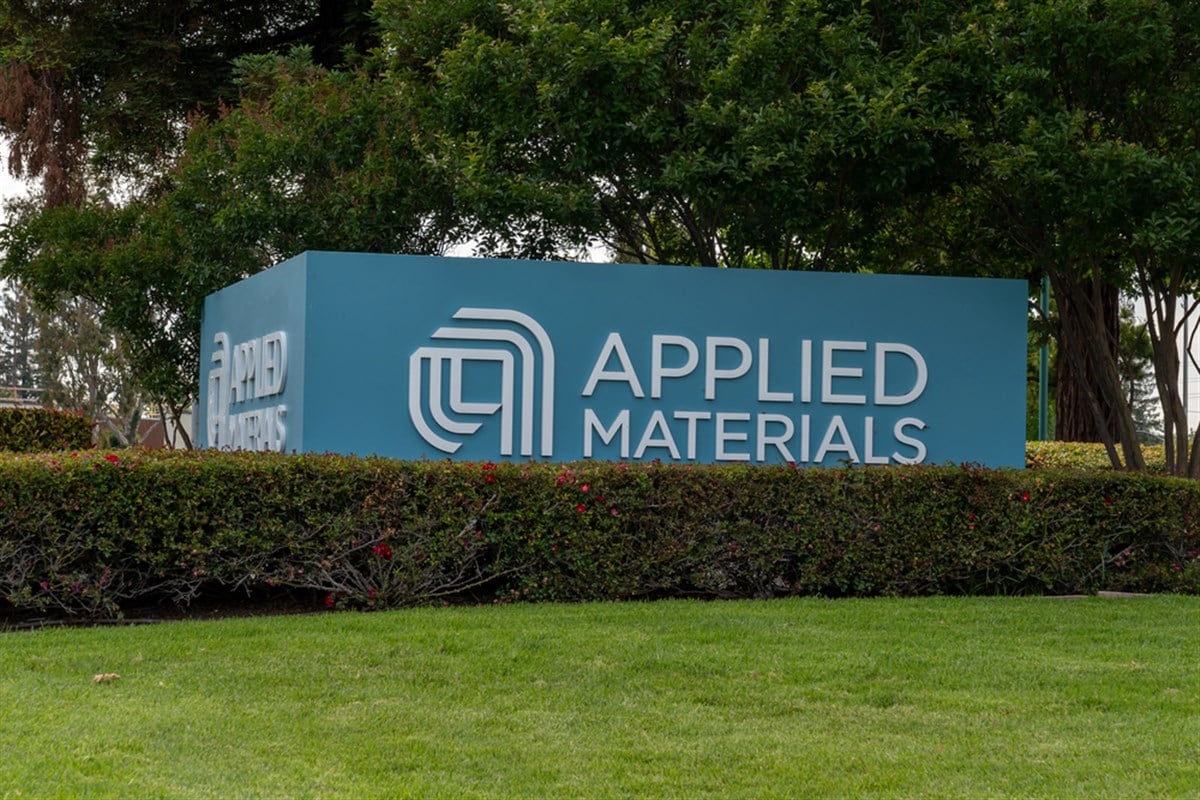Micron’s Big Q3 Drives Applied Materials’ Bullish Outlook

Micron Technology’s (NASDAQ: MU) recent fiscal Q3 2025 earnings are some of the best seen in the semiconductor industry over the past several months.
This is good news for one of the company’s major suppliers, semiconductor equipment giant Applied Materials (NASDAQ: AMAT). Micron’s earnings show trends that are likely to boost demand for Applied Materials' equipment.
Below is a deep dive into Micron’s results and Applied’s business that will demonstrate how the firm can benefit. We’ll further examine Applied’s positioning and valuation to understand if the stock represents a strong forward-looking investment opportunity.
Micron’s Results Back Up Applied’s Bullish Outlook
Micron crushed sales and adjusted earnings per share (EPS) estimates in its latest results. The memory chip maker’s dynamic random-access memory (DRAM) sales were the driving force behind its great quarter. This was particularly true for its high-bandwidth memory (HBM) products, where sales grew by 50% in just one quarter. HBM is a type of DRAM that is particularly advanced and is ideal for AI data center applications.
Another very strong part of the report was that Micron increased its overall DRAM sales growth guidance for calendar 2025 from “mid-teens” to "high-teens." The company also expects that HBM sales will increase “significantly faster” than overall DRAM sales.
So, where does Applied Materials come into play?
Well, it just so happens that DRAM is one of Applied Materials' most important businesses. Last quarter, DRAM equipment sales made up 27% of the company’s total revenue. Micron's strong DRAM sales mean they will likely need to buy more of Applied’s equipment used to make it, which could greatly benefit Applied’s overall sales.
Micron’s results add significant weight to Applied's optimistic statements on DRAM demand. On May 15, Applied said it expects “advanced DRAM” equipment sales to grow by 40% in 2025 as customers “ramp investments” in these technologies.
Advanced DRAM includes HBM but also DDR5. DDR5 is also used significantly in AI in data centers and attracts demand from high-performance PCs. Recent announcements from Micron support Applied's statements that investment in DDR5 will ramp up. In June, Micron said it would soon end production of DDR4, the predecessor to DDR5. Micron's information boosts confidence in what Applied has already shared. This positions the company for strong growth ahead.
AMAT: The Chip Advancement Enabler
Apart from the specific examples laid out above, one thing about Applied Materials is particularly important to understand. The advancements in its technology make the advancements in Micron's technology possible. As NVIDIA (NASDAQ: NVDA) and other end buyers want better Micron chips, Micron will need more advanced gear from Applied.
This is true for Micron and for other companies that manufacture different types of semiconductors.
Think Taiwan Semiconductor Manufacturing (NYSE: TSM).
Applied’s position near the beginning of this supply chain is an advantage that makes it one of the best ways to gain exposure to the AI revolution. In the coming years, it can benefit from advances in all types of semiconductor chips. Many other companies focus on just one or a few areas.
This is also true for Applied, as the company makes equipment for various chip-making processes. It can offer customers a range of solutions that fit many of their needs. Meanwhile, ASML (NASDAQ: ASML), for example, focuses almost solely on lithography equipment.
Despite China, Applied Remains Set Up for Long-Term Success
Given export restrictions, Applied’s exposure to China is important to discuss. Last quarter, 25% of Applied’s revenues came from China. This is down from 43% from a year ago, largely due to export controls.
Still, the company notes that nearly all of its business in China involves “mature” or less advanced technologies. Thus, the company’s growth prospects based on technological advancement are not much tied to China, a positive sign for the long-term future.
As of the July 2 close, Applied Materials trades at a forward price-to-earnings multiple of 20x.
That compares to its three-year average figure of 19x. This suggests that based on next 12 months' estimates, the stock is neither greatly overvalued nor greatly undervalued.
Thus, expecting to pick up big returns from this stock quickly may be unrealistic. However, on a long-term horizon, the stock remains strongly positioned to appreciate. Years of upcoming chip advancement, which Applied’s tech facilitates, can drive this.
Learn more about AMAT


